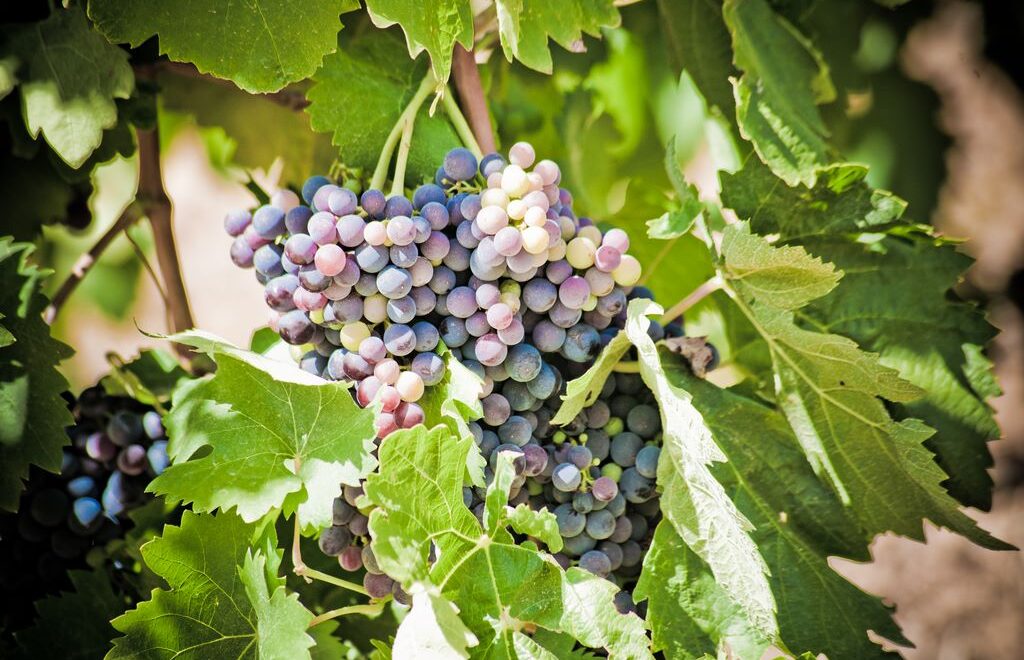
It was in Nouméa, New Caledonia, that we joined the Soléal, a ship belonging to the Compagnie du Ponant. We are about to embark on a 14-day cruise of the New Zealand islands. The captain welcomes his guests in a white jacket, at the top of the accommodation ladder. Strange how the cosy, hushed comfort of the ship does not reflect the changing moods of the ocean.
Heading for the Bay of Islands
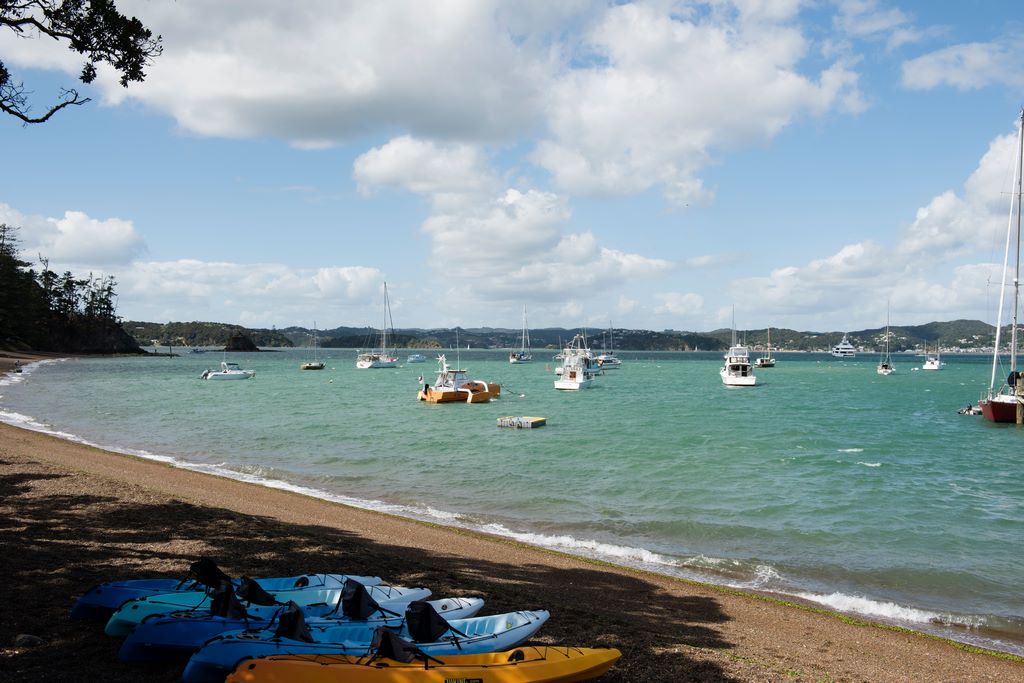
It's one of the most popular spots on the North Island. A first port of call during which passengers will get to know the Maoris better. The cliffs at the far north of New Zealand are named after a French explorer, Jean-François-Marie de Surville (1717-1770), who arrived in December 1769. At the same time, James Cook (1728-1779) was sailing up the east coast. Both were looking for Australia.
Two years later, it was in this same bay that the Malouin sailor Marc-Joseph Marion Dufresne (1724-1772) was killed and eaten along with eleven other sailors by the natives (1). New Zealand could have been French! We also learn that the Treaty of WaitangiThe treaty between the British Crown and the Maoris was signed here in the Bay of Islands in 1840. The Maoris recognised British sovereignty over New Zealand.
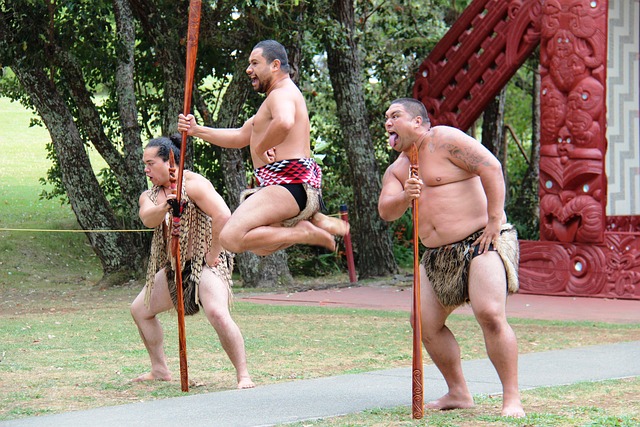
The local Pitowhenua troupe, dressed in ceremonial garb, welcomes visitors with a " Kia Ora "I was told in Paris that this was a sonorous "hello" in Maori. To show their friendship, the Maoris rub their noses together, I was told in Paris. I wanted to get to know them... Welcome to Maori land! Here they stick out their tongues with relish during their war dance, the haka. In the past, Maori warriors would dye their tongues blue to intimidate opponents and encourage them to back down and avoid battle.
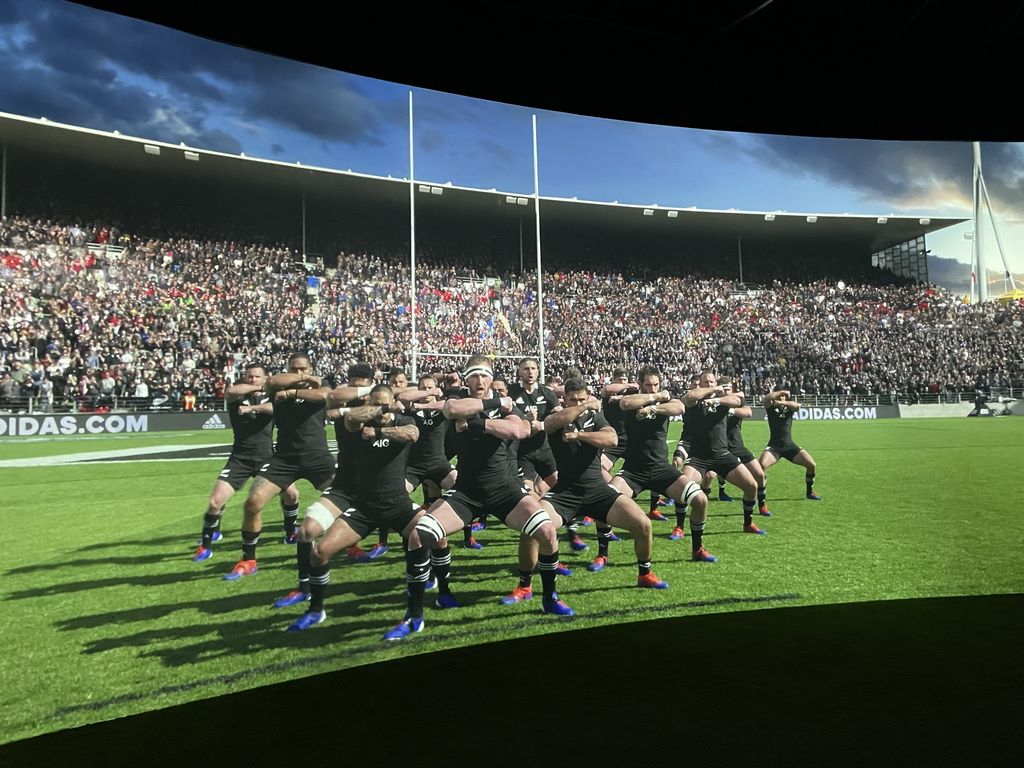
First of all, the challenge posed by the Waitangi warriors had to be met. André, a strong Breton, found himself alone against the imposing Maoris. He had to pick up a fern leaf placed on the ground to assure the warriors that we had come in peace. We then enter the house to watch a series of traditional dances, songs and games. The Pitowhenua troupe also demonstrate how to use the clubs Pif ! Paf ! Poum ! The blades of the adzes are brandished by the chief. "How beautiful it isexclaims a lady who is taking photographs of Maori gentlemen. The cultural performance ends with the traditional " haka "the war dance designed to frighten off enemies and made world-famous by the " All Blacks "In this cultural centre, you can also see jades, fabrics and canoes that have been handed down from generation to generation. The cultural centre also features jades, fabrics and canoes that have been handed down from generation to generation. As well as the world's largest ceremonial war canoe.
Discovering Auckland and the surrounding area
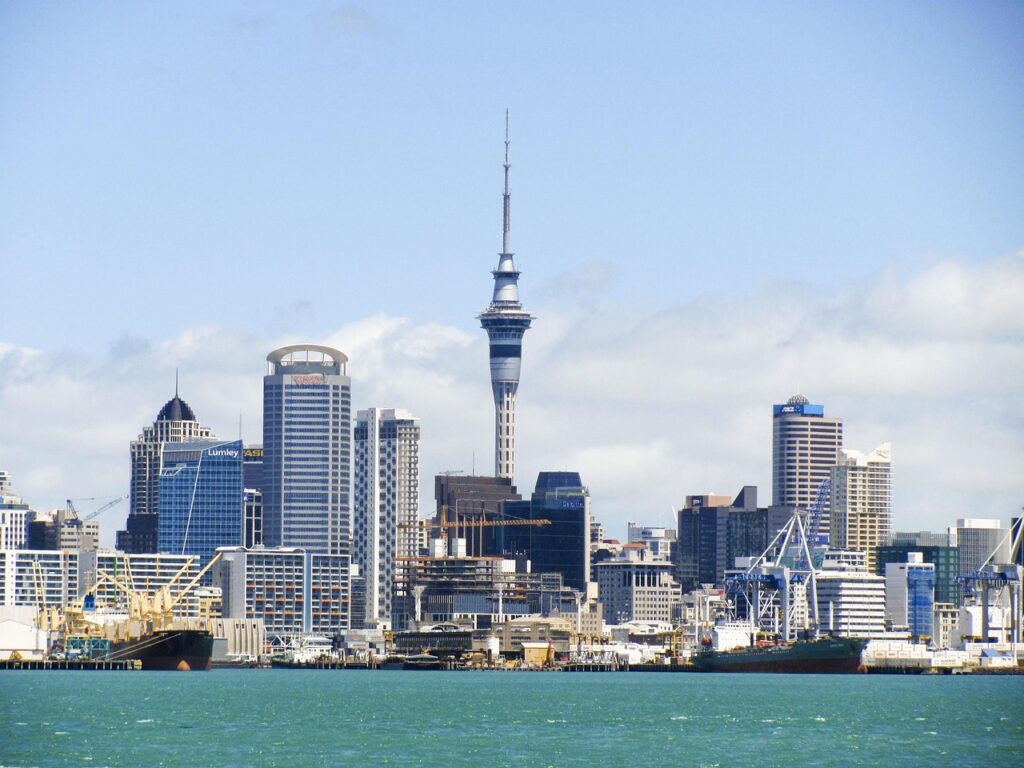
Passengers, lecturers and cruise "regulars" get together. One of the passengers has already been on 7 cruises. He holds the rank of Grand Admiral (2) and when he meets the captain, it's a hug. The theatre is always packed. Next stop: Auckland. On board, there are a number of lectures on offer, during which the lecturers teach their knowledge with passion, backed up by projections.
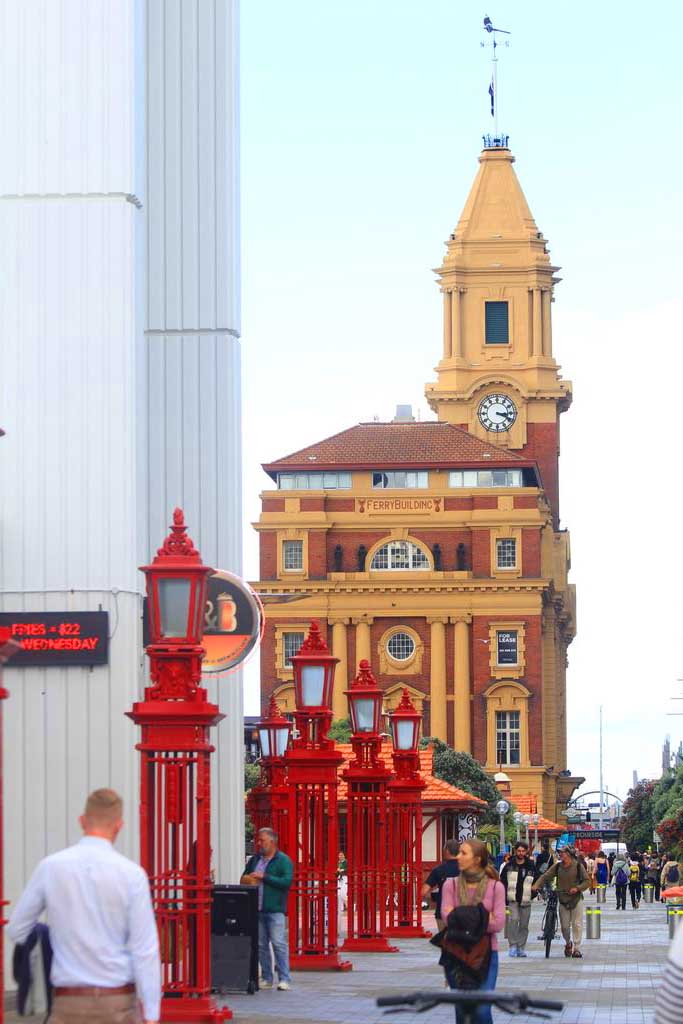
Cosmopolitan, a financial and film centre, Auckland is an airy city of 1.5 million inhabitants. More American than British, Auckland takes on an air of Seattle in the Central Business District: sea air, skyscrapers and concrete facades with fire escapes. Take a stroll down Queen Street, the main street with the port on one side and the university on the other. Here you'll find everything you need: a shopping centre, theatres, cinemas and more. Ponsonby (trendy bars and restaurants), the Auckland Domain (a huge park with the Auckland Museum) and Devon Port, a district accessible by ferry. "Big Little City", as Auckland likes to be called, has a village feel to it. Parnell (to the east of Queen Street), one of the most upmarket districts, prized for its beautiful Victorian homes.
With the brown faces of Polynesians and the black hair of vahines, Aukland is also the largest Polynesian city in the world. Its inhabitants come from the small islands of the Pacific. Samoans, Tongans, Fijians and Cook Islanders have all successfully integrated into the "land of the long white cloud". " (the Maori name for New Zealand).
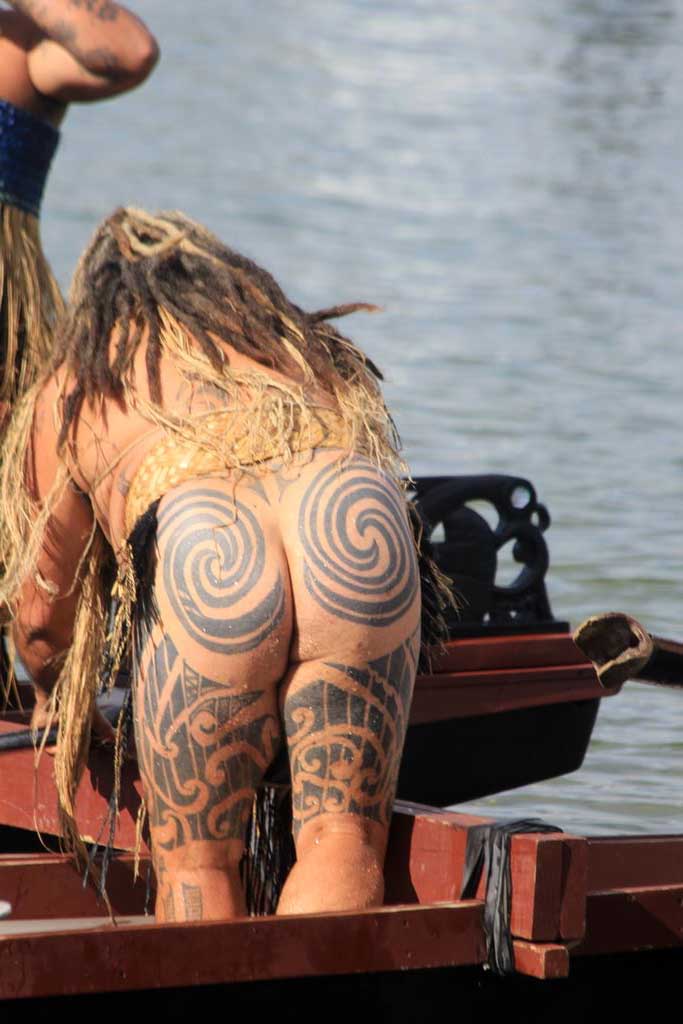
Day by day, we are becoming Maori specialists. Our knowledge is based as much on a series of lectures as on meeting the people concerned and hearing the most zealous of them tell us a wide variety of anecdotes about the sometimes disparaged customs of the natives. The cross-fertilisation of experiences in the evening, in the bar, allows everyone to enrich their knowledge.
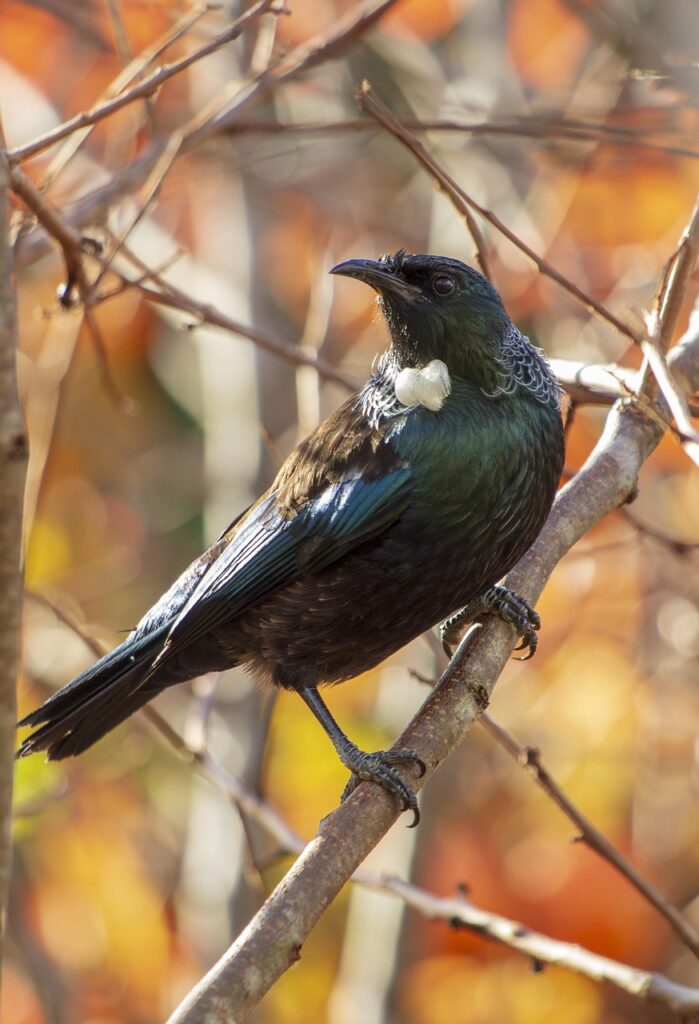
One evening, I'm sharing a table with a newly-wed couple. I learn from Fred, a computer scientist, that this trip was a dream of his, a dream that he was able to share with his new wife. A passion for birds, which he catalogues, records and photographs. The next day's visit delighted him. A lush fringe of bird-populated hills separates Auckland from its wild west coast. Spectacular coastal scenery, a unique ecosystem, "this eco-excursion is a breath of fresh air".Fred is delighted. He has every intention of photographing a black and blue sparrow with a white egret on its throat, whose Maori name is " tui cravate-frisée" because of the white feathers curled under the throat.
The next morning, in 30 minutes, we arrived at the Arataki Visitor Centrethe starting point for the Waitakere Ranges. It covers more than 16,000 ha of rainforest with footpaths. Before entering the forest, visitors must follow a few guidelines, such as cleaning their shoes before and after arriving, removing seeds and soil residues from their pockets and sticking to marked paths to avoid damaging the plants. A compulsory protocol that's sure to make critics smile. But isn't the most important thing to make everyone aware of the insidious dangers of globalisation?

The primary rainforest is home to giant ferns and kauris. (Agathis australis) 1000 years old. These conifers, New Zealand's sacred trees, can live up to 2,000 years and reach heights of 50 m.
A ship that respects marine and terrestrial ecosystems
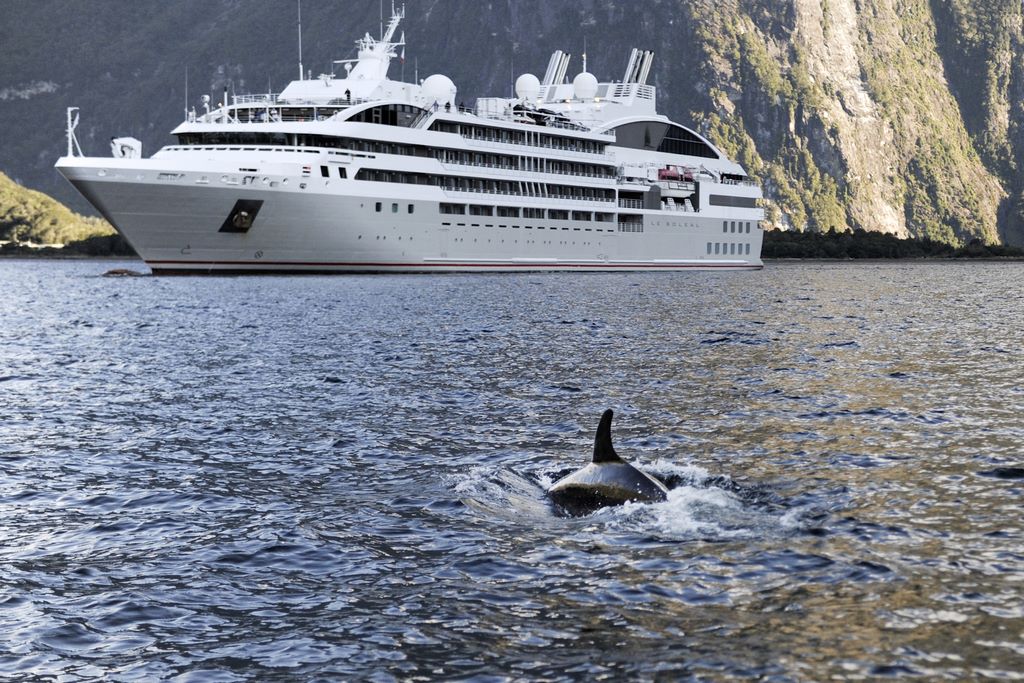
Our ship is an imposing, well-designed vessel with a slender, elegant silhouette. The Soléal has numerous spaces designed and fitted out to preserve the privacy of each passenger, in a cosy and refined atmosphere. Its designers have given it balance, a size that is quite reasonable compared with the mammoths that carry 4,000 passengers in the warm seas. She doesn't carry a city in her steel bowels, but a village of 132 cabins and suites, manned by 140 crew members. Equipped with electric propulsion engines powered by generators, Ponant's ships have been awarded Comfort Class 1 status, meaning the lowest level of noise and vibration for the comfort of passengers and respect for underwater fauna.
My cabin is on the penultimate floor of this floating fortress. It's as elegant as an illustration in a decorating magazine, with a vast window opening onto a small balcony where the only thing missing is geraniums. The captain never begins an announcement over the loudspeaker network with anything other than the antiphon "Dear passengers...".
The thermal wonders of Tauranga
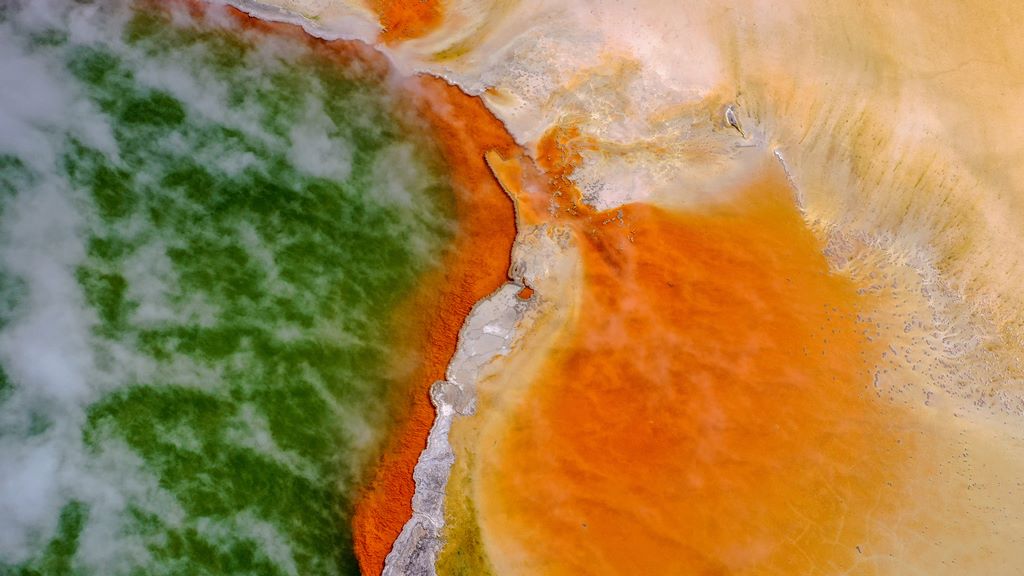
Throughout the day at sea, conferences are organised in the auditorium, a variant of the Greek amphitheatre, with comfortable armchairs. And thanks to the internet available on board, I can read up on the telluric past and the volcanoes that have shaped New Zealand, the theme of the next excursion. The next day, a coach takes us to Lake Rotorua and the geothermal park of Wai-O-Tapu ('Sacred Waters' in Maori), nestling in the bush and sculpted by thousands of years of volcanic activity.
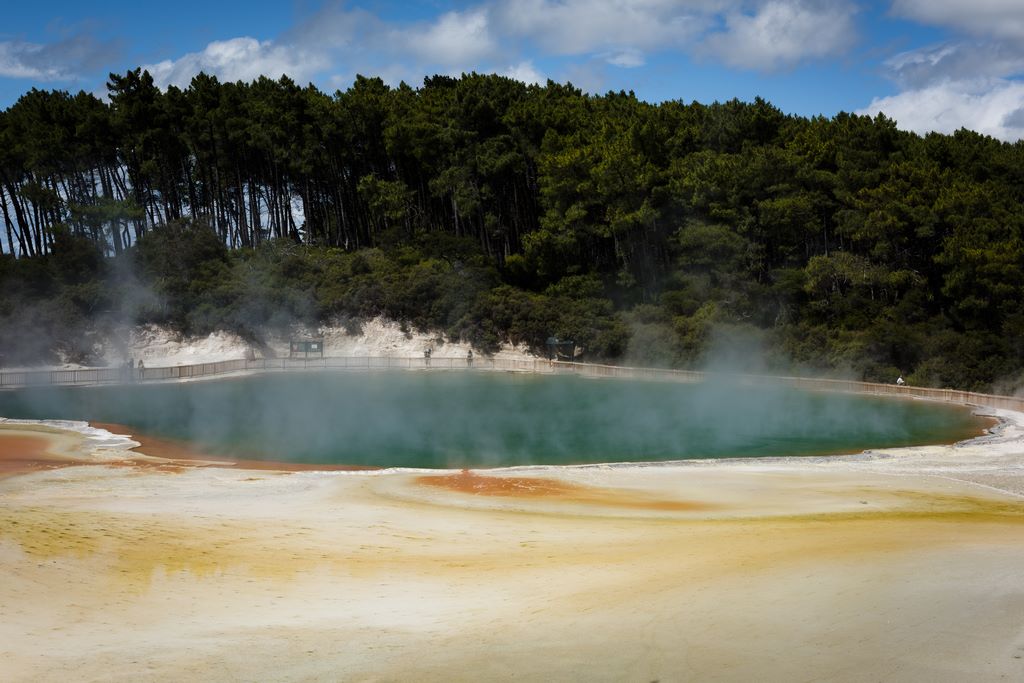
As the sun's rays dip below the clouds, they illuminate craters carved out by the acidic action of the underground water, boiling pools of mud and water of every colour that erupts in geysers. The many minerals contained in the water - sulphur, arsenic, antimony, iron oxide, manganese, silica, etc. - create pale yellow, emerald, orange, reddish-brown, violet and white colours. Sulphur fumaroles escape from the crevasses. The highlight of the show: the "artist's palette", pools of different colours and the "champagne pool" (60 m in diameter, 60 m deep) that sparkles with bubbles at the surface. I continue my walk along the path lined with manuka trees in bloom. Manuka honey is said to have many virtues, including being an excellent antibacterial agent!
Very quickly, and as on all cruise ships, sociological divisions are quickly formed, and the restaurant tables become strongholds where the efforts of the guests are aimed at blocking access to intruders... Here they will denounce the pretentious, there the intellectuals or the too old, even the dissidents or the morons. The most sought-after table is that of the Commandant or, failing that, that of the 'guides'. For those who have not been invited to the government table, there remains the consolation of seeing the Commander address them with his daily joviality...

The New Zealand authorities discovered shells stuck to the ship's hull after the vessel had passed through Papua New Guinea. "A tidal wave of shellfish that makes you feel like a periwinkle". joked one passenger. Our ship is tied up for 24 hours in Tauranga, in the north of the country. Abondance Bay (Bay of Plenty), named by James Cook for the abundance of resources in this region. A major clean-up session with divers working under the hull. A new invasive species could upset the ecological balance. The theatre is packed! The naturalist lecturers give a series of lectures, illustrated by numerous projections. We are ambassadors and must preserve the environment. The itinerary has been changed and an impromptu visit ashore will take place at Waihekeknown as the "Wine Island". Local winemakers regularly win prizes for their Syrah. Passengers are delighted. Finally, some exercise in the vineyards with the sirens of wine tasting!
Waiheke Island: A brief wine tour

It is said that it was a French bishop who planted the first vines in 1819. But there aren't many hundred-year-old vineyards, and the wine industry is barely 30 years old. Lucas Petru owns 11 hectares of vines on the island of Waiheke. His first vines were planted in 1998 with chardonnay, syrah, viognier, merlot and pinot gris.
"We work on land from the Jurassic period and our vines grow where dinosaurs once ruled".. What explains the success of these wines is the skilful alchemy between the maritime climate and the ancient soil structures that produce red and white wines with a distinctive character.
His first Chardonnay in 2002 won the gold medal at the international competition in London, competing with over 40,000 bottles from all over the world. He also produces some excellent Sauvignon Blanc in the Marlborough region, using New Zealand's king grape variety, also known as ""Chardonnay"". savvy "It offers unique aromas. As for the Pinot Noir, it represents the challenge of the next decade at Marlborough.
The fjords of Te Wahipounamu
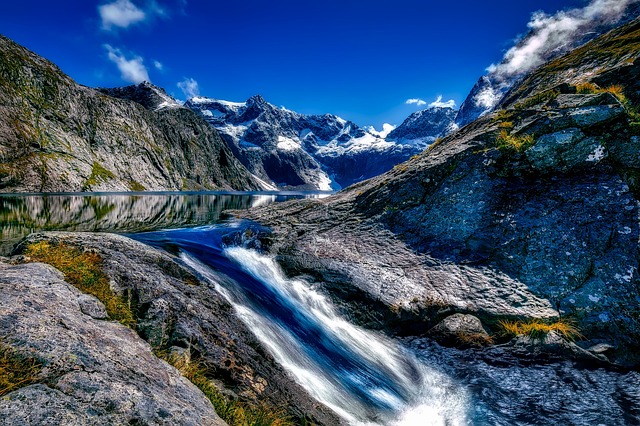
The ship sets sail for Fiordland National Park, a UNESCO World Heritage Site since 1990. It is located at the extreme south-west of the archipelago, a landscape shaped by successive glaciations, on the edge of the Tasman Sea. Waterfalls drop hundreds of metres into deep black fjords carved out by glaciers. A humid forest clings to the sides of the mountains. Visit Milford Soundis the deepest and most dreamlike of the region's fjords.

Considered the best observation post, the footbridge is occupied by many passengers who marvel at the size of the peaks jutting out of the water like needles. There is absolute peace and quiet, with only the sound of birdsong and water falling from the cliffs.

"Dear passengers, on 11 November 1770 Captain Cook discovered a previously unknown fjord, with cliffs shrouded in fog. Doubtful Sound "announced the commander. Cook didn't dare venture there because he thought it was too narrow. Located in the heart of Fiordland National Park, it is three times longer and ten times larger than Milford Sound. The weather is clear, and the sheer cliffs cast their reflections on the black waters of the fjord. "It's a wonderful momentexclaims Monsieur Edouard, a Grand Amiral cruiser, admiring the waterfalls. Albatrosses dip their heads in the water to catch fish. Dolphins escort the boat.
Everything seems frozen in the calm of an idea of eternity. Time no longer exists, as the saying goes, when emotions can no longer be expressed in words other than the beauty of omnipresent nature!
1 - The massacre of the French who ended up being eaten by the Maoris was due to an involuntary violation of a taboo by Marion-Dufresne (tapu) on one of the nearby beaches (fishing and use of the beach while sacred ceremonies following Maori drownings had not yet been performed).
2 - On Le Ponant ships, the rank of Grand Admiral is awarded after 7 booked cruises, whatever the destination.
Text : Michèle Lasseur
Photos : as indicated
Getting there
Ponant offers several cruises on Le Soléal, including the south of New Zealand, including the majestic Milford Sound and Doubtful Sound, and the sub-Antarctic islands. https://www.ponant.com/destinations/nouvelle-zelande


